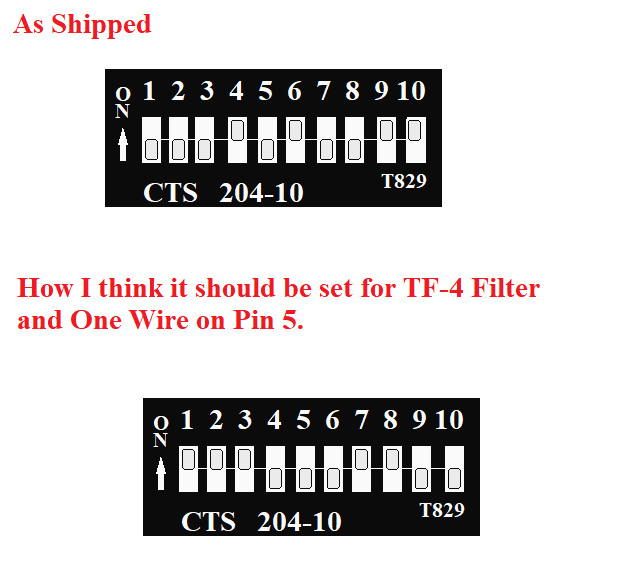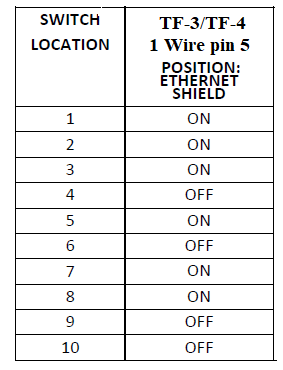I had a look on my workspaces and moved things around to see if it is hiding behind another element but no luck . I've sent my "Config File" to you, I can see it in the config file but not sure if it's as simple as editing the file to remove it and implementing the file as a new entry in the file log?
This is a regular problem that I had. I have renamed every Element I have that includes the Workspace in the name.
I use the following for an Device Element Name.
1-3= Interface
MB_ = Main Brewery Mega Unishield
ES_ = ESP32
GC_ = Grand Central Unishield
NW_ = Not Wired Mega ( I use this to create pseudo Elements that are not wired off the interface, but use scripting to manipulate a real Element. I have five pumps and needed to control on different Workspaces, so I have both a real Yellow pump and a Pseudo Yellow Pump on different Workspace. I do this so the Elements look and act exactly the same on both Workspaces. Since a Mega 2560 is cheap, it was an easy decision. I also use Pseudo Elements to control some real Elements on the same workspace.
3-6 = Port/Pin
22_ = Port/Pin 22
7-10 = type
DB__ = Dead Band
di__ =Direct Input
DO__ = Direct Output
DCO_ Duty Cycle Output
HYS_ = Hysteresis
PID = Pid
rtd_ = SPI Input (RTD Temp Probe)
10K_ = Analog 10K Temp Probe
1wr_ = One Wire Temp Probe
fmA_ = Flow Meter Analog Input
fmH = Counter (Hall Effect Flow Meter)
and others if I need them
11- as needed
What it is
example: BrewKettleBurner_
Last 2 = Workspace
B1 = Main Brew Page
WT = water
FM = Fermenter Workspace
ALARM = Alarm Work Space
2B = Second Batch
and as needed.
As a specific example my Brew Kettle Burner (a solenoid gas valve that is a direct output) is on Port 22 of my Mega Uni Interface:
MB_22_do__BrewKettleBurner_B1
I then use the display name of Brew Kettle Burner.
The name has to be unique as you can only have one direct output on Port/Pin 22 of a single interface Interface and somewhat meaningless from a computer language view, but tells you a lot about it.
Application Elements are sorta the same:
tm_ = timer
alm_ = alarm
gblS = String Global Variable
gllV_ = Value Global Variable
gblT_ = Time Global Variable
gblB_ = Boolean Global Variable
gblDT_ = Date Time Global Variable
graph_ = graph
sw_ = switch
btn_ = button
inspect = inspector ( I do not use these as I find global do very well for this)
example: alm_FlavorHops1_ALARM
I try not to stack Elements so I that I cannot see them. I use the hiddenlocked attribute and never use the hidden attribute in scripting.
You could come up with your own system to make the names unique and tell you something about them at the same time. It was a pain to go back and change all references to a name when I changed it as I did not start to do this initially, but I finally figured out how to do it easily in Notepad++) After I changed my Element Names, I have had an easier time finding the
(As an aside, I could have a single Alarm Element that I could use for everything if I could change the
path of Image 1 and File one, or at least one per Workspace! Personally, I could use just one for everything!!!)
I did lose one Device Element (a counter) that I have never found. It was early on in my setting up Brucontrol but I do not need it so no big deal as I changed my mind about installing Hall Effect flow meters.
It would be nice to have a screen print out of all your devices and what worksheet they were assigned to.









